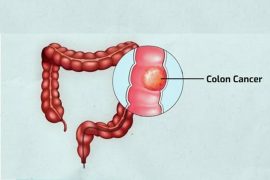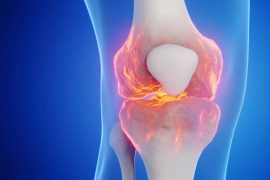Stephan Moll, MD, and Jacquelyn Baskin-Miller, MD, from the UNC School of Medicine, have established a connection between adenovirus infection and a rare blood clotting disorder through their collaborative clinical and research efforts. This marks the first instance of a common respiratory virus like adenovirus, responsible for mild cold and flu-like symptoms, being associated with severe thrombocytopenia (low platelet levels) and blood clots. The groundbreaking observation, published in the New England Journal of Medicine, offers new insights into the virus’s role in triggering an anti-platelet factor 4 (PF4) disorder. This discovery also initiates a novel avenue of research, as significant questions remain unanswered about the underlying mechanisms, prevalence, affected populations, and potential treatments.
The disorder involves antibodies targeting platelet factor 4 (PF4), a protein released by platelets, leading to the activation and rapid removal of platelets, causing both blood clotting and reduced platelet counts. There are instances where anti-PF4 antibodies form due to heparin exposure (heparin-induced thrombocytopenia or HIT) or spontaneously as an autoimmune condition (spontaneous HIT).
“This adenovirus-associated disorder is now one of four recognized anti-PF4 disorders,” stated Moll, professor of medicine in the Department of Medicine’s Division of Hematology. “We hope that our findings will lead to earlier diagnosis, appropriate and optimized treatment, and better outcomes in patients who develop this life-threatening disorder.”
Over the last three years, an unusual occurrence of thrombocytopenia has been noticed after receiving COVID-19 vaccines made with inactivated components of an adeno-viral vector. Different from vaccines produced by Moderna and Pfizer, this condition is termed vaccine-induced immune thrombotic thrombocytopenia (VITT).
The journey to this discovery began with a 5-year-old boy diagnosed with an adenovirus infection, who was admitted to the hospital due to severe thrombocytopenia and an aggressive blood clot forming in his brain. Notably, he hadn’t been exposed to heparin or the adeno-vector COVID-19 vaccine, conventional triggers for HIT and VITT. Collaborative clinical efforts led to testing for HIT platelet-activating antibodies, which yielded a positive result, suggesting a potential case of “spontaneous HIT.”
“The intensive care unit physicians, the neuro-intensivist, and hematology group were working around the clock to determine next steps in the care for this young boy,” stated Baskin-Miller. “He wasn’t responding to therapy and was progressing quickly. We had questioned whether it could have been linked to his adenovirus considering the vaccine data, but there was nothing in the literature at that time to suggest it.”
To further investigate this, Moll engaged Theodore E. Warkentin, MD, an expert in anti-PF4 disorders, who hadn’t previously been aware of an association between adenoviral infection and spontaneous HIT. Simultaneously, Moll received information about another patient with severe thrombocytopenia and multiple blood clots, who had tested positive for adenoviral infection but hadn’t been exposed to heparin or vaccines. This patient’s condition mirrored the viral symptoms of the previous case. Testing revealed anti-PF4 antibodies, prompting further study.
Samples were sent to Warkentin’s lab, where it was confirmed that the antibodies targeted platelet factor 4, similar to HIT antibodies. Remarkably, these antibodies resembled those found in VITT cases and bound to PF4 in the same region as VITT antibodies. As a result, both patients were diagnosed with “spontaneous HIT, or a VITT-like disorder linked to adenovirus infection.
The groundbreaking conclusion has left Moll and his team with numerous questions about the prevalence of this new anti-PF4 disorder, its potential relationship with other viruses, the selective occurrence of the condition with adenovirus infections, and potential preventive and treatment strategies for patients at risk of developing this potentially fatal ailment.
“How common is the disorder?” asked Moll. “What degree of thrombocytopenia raises the threshold to test for anti-PF4 antibodies? And then finally, how do we best treat these patients to optimize the chance that they will survive such a potentially deadly disease?”
Disclaimer:
The information contained in this article is for educational and informational purposes only and is not intended as a health advice. We would ask you to consult a qualified professional or medical expert to gain additional knowledge before you choose to consume any product or perform any exercise.







